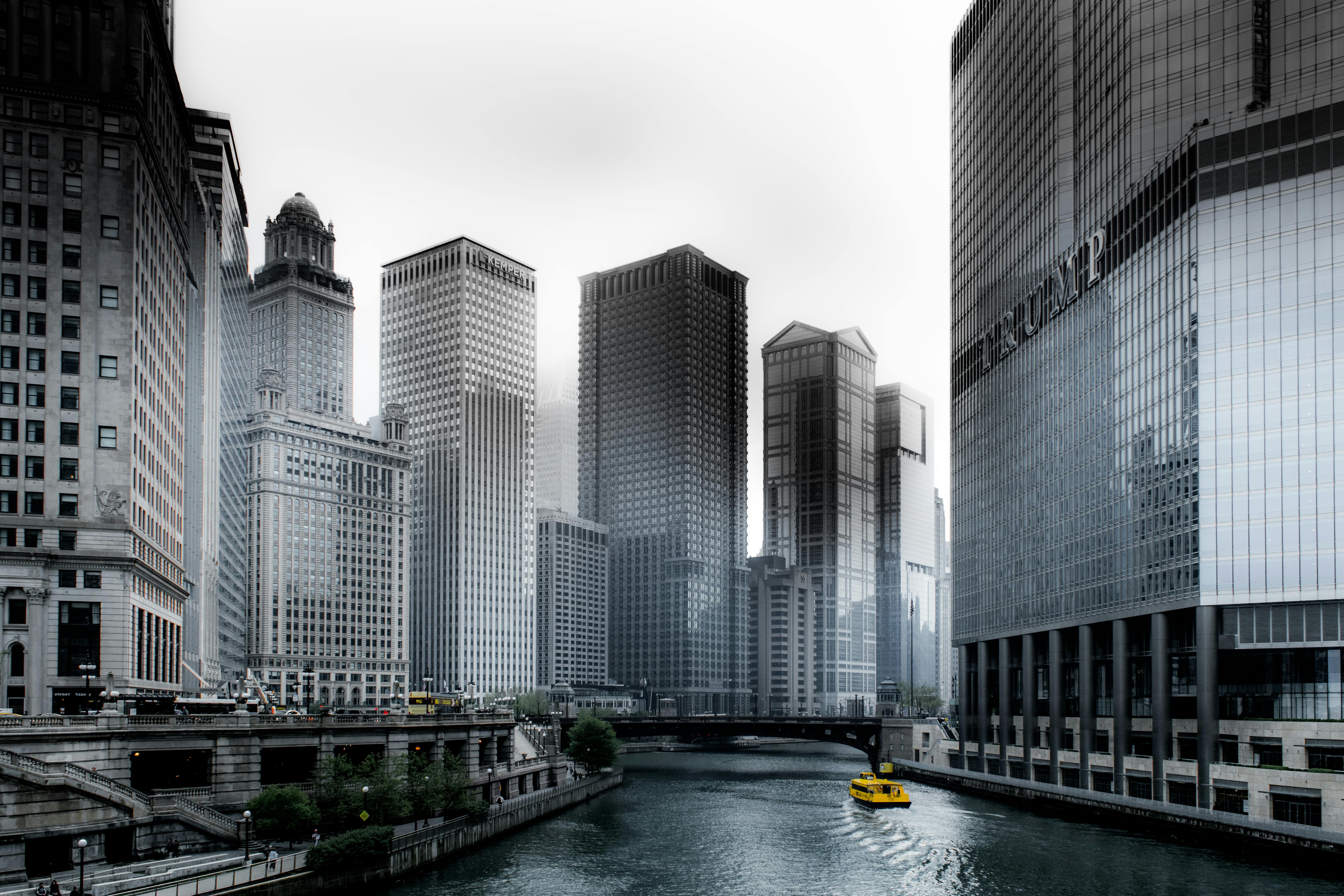
The Timeless Beauty and Innovation of Modern Architecture
The Timeless Beauty and Innovation of Modern Architecture
The Evolution of Architecture
Architecture has developed greatly over the years. From the ancient times of Egyptian pyramids to the Greek Parthenon and Roman Colosseum to the Gothic cathedrals and Baroque palaces of Europe, each period had a distinct style and philosophy. The 20th century, however, has marked a particular shift in architectural design as it adapts to the modern world. Today, modern architecture is defined by clean lines, simple shapes, and the innovative use of materials and technology.
The Timelessness of Modern Architecture
Modern architecture is not just a trend that will soon fade away. Rather, it is a style that has proven its resilience to time. The smooth corners and simplistic details of modern buildings make them not only visually appealing, but also easier to maintain. With this in mind, architects are finding ways to marry the timeless aesthetic appeal of modern architecture with technology and energy-efficient materials. Thus, modern buildings stand strong and resilient against the test of time.
Innovation to Meet Modern Challenges
As the world faces various challenges, from climate change to population growth, modern architects strive to find innovative solutions. The use of green materials, renewable energy sources, and advanced building technology has made it possible to create sustainable, yet functional structures. Modern architecture is now used to create everything from homes, to commercial buildings, to skyscrapers and public spaces like parks. The design and construction of these buildings are driven by innovation, functionality, and aesthetics.
The Future of Modern Architecture
The future of architecture lies in its ability to adapt to the evolving needs of society. Today's architects use digital tools to visualize and plan their designs, which permits more efficient planning and development of sustainable buildings. With the advancement of artificial intelligence (AI) and robotics, modern design can evolve beyond stand-alone structures to self-sustaining smart cities that will not only be beautiful and functional, but provide a sustainable environment for living.
In conclusion, modern architecture showcases that beauty and functionality can indeed coexist, proving human progress and innovation. As we strive towards a better future, we can take inspiration from the timeless beauty of modern architecture. It is a style that has continued to evolve and redefine itself, continuously innovating to address contemporary challenges. From technology to sustainability, modern architecture promises a bright and exciting future for this dynamic field.
